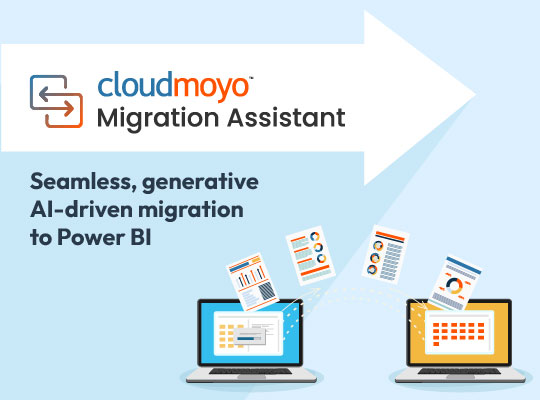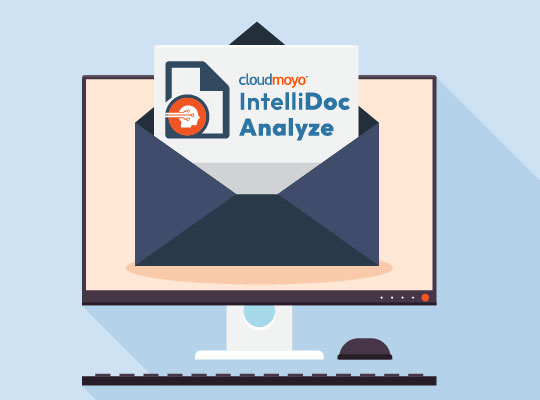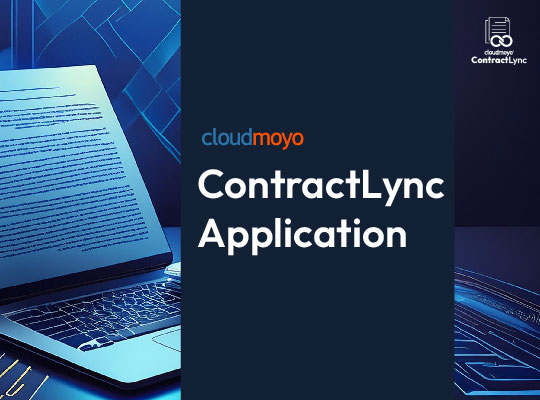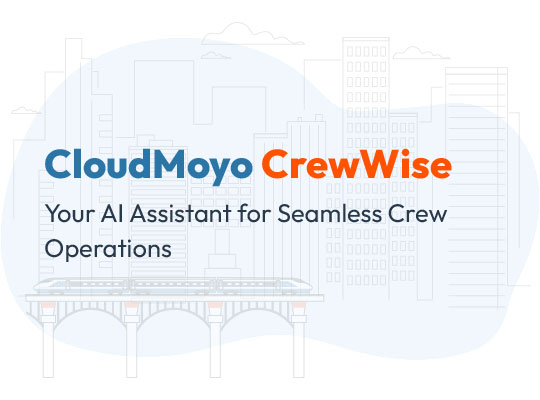According to the report released by Gartner, the global market of Business Intelligence (BI) and analytics software will expand to reach $18.3 billion by the end of 2017 and shall continue to grow till 2020 to reach $22.8 billion.
Business users increasingly demand the access to important business data in real time. Business Intelligence (BI) is crucial for any enterprise as it draws insights from past records, foresees future events accordingly and helps avoid possible obstacles. Data visualization and analytics tools like Self-Service Business Intelligence helps achieve long-term goals. The craving for data in the enterprises has accelerated the Self-Service BI market, as it not only helps businesses to improve and grow but also to manage their operations diligently.
What is self-service business intelligence?
Self-service BI is a form of BI which encourages business professionals to generate reports without any IT assistance. Self-service BI, an advanced analytics tool, enables business users not only to have an easy access to the company data but also to investigate and manipulate it to spot any business opportunities. With this, you need not necessarily have to be technically sound. It is perfectly designed to structure status of metrics and to point out the relation between metrics and data points. This analysis is quintessential as it open doors for improvements and opportunities that will lead to refining business strategies.
Therefore, self-service analytics solution is a smart data preparation tool that gives access to multi-structured data and rises to data discovery in a business ecosystem.
Choosing a self-service analytics solution requires different approach from that of the traditional Business Intelligence solutions tool. To evaluate the potentials of a self-service tool, certain key elements should be taken into consideration:
- Faster Action in Discovery: Involving or relying on reporting teams for data analytics process establishes delay in work. Users want to find solutions to their problems in real time. Self-service analytics solution should be enabled to discover answer faster than any other sources. A ready-to-use solution or an answer that can be used with slight modifications saves time, eliminates duplication and introduces awareness and accessibility of content as per the need.
- Access to Different Data Sources: The BI should be capable of providing the user different data sources that can be accessible to any user from anywhere and on any device. Supported data sources should also include contextual data rather than only traditional relational sources and data models. Also, the self-service becomes more resourceful when it provides metadata of each data sources.
- Data Mashing: The BI solution should provide its users necessary guidance for generating or acquiring data. A flashy and wizard interface is expected to provide not only the idea to acquire different data but also knowledge to discover relationship between them. The BI must support advanced data integration features as well.
- Easy Interaction with Data Reports: Different guidelines should be set for Casual users and for that of the Power users. While casual users can interact with the reports by using nominal filters and can opt to access guided analytics or emphasized data insights, Power users can be able to create, modify, manipulate and new business logic or calculation by using tool advanced features.
- Collaboration: The self-service BI should allow its users to share and reuse the data in different content format with external members. The tool should support call-to-action, allowing user to add comments or multiple elements and text analysis into a shared data or a single unit.
- Threat Control: The BI tool must include a feature to prevent security breach of the privacy compliance processes. The self-service BI should also support the feature that allows delegation of security administration to particular group of users with each department. It must also have an auditing trail to track the usage of the content.
- User Interface: Self-service BI should have a user-friendly interface that can adequately meet the requirements. All the features of the BI must support the corporate environment. Also, mobile environment should offer responsive touch interface in a native app.
- Data Governance Framework: The self-service tool should support data governance requirements of the enterprise in order to prevent proliferation of strategic or nonstrategic content.
- Monitoring and Data Insight: The efficiency of resources define versatility and performance of a self-service solution. Therefore, monitoring of a self-service BI is important to eliminate duplication and reduce overall storage spaces. This is why the solution must provide data insights like access of data, usage pattern, etc.
- Scalability: As the data volume and user of the self-service BI grows, the platform must scale to deliver consistent optimal performance. The scale-out option of a self-service BI must be taken into consideration by the large enterprises.
Aforementioned are the key consideration factors one must notice while choosing a self- service analytics solution. The proponents of Self-Service Business Intelligence and analytics believes that it tailors the rift created due to the lack of professional data scientists in place, hence it helps in making the required data available to the business user–the one who needs it the most! Now, data-driven decisions can be made in real time. To avoid mismanagement of data and effective implementation of self-service analytics in an organization, it is crucial to maintaining data governance.
Microsoft’s biggest entry into self-service business intelligence area is Power BI. It is a perfect blend of excellent analytics, smart & intuitive interface and perfect capabilities of data visualization. In 2017, it has added remarkably good features that will enhance the adoption of self-service BI. However, there has been no gap in new technical components for improving Power BI.
Self-service BI is best for your organization when it is modeled and deployed by experts, preferably a Microsoft Power BI Partner. If you have any questions or want to know more about how your organization can utilize Power BI for developing a self-service business intelligence solution, contact us!
To encourage Power BI adoption, we are offering enterprises a rapid proof of concept to test out real scenarios using their own data along with data architecture consulting. Sign up now



















